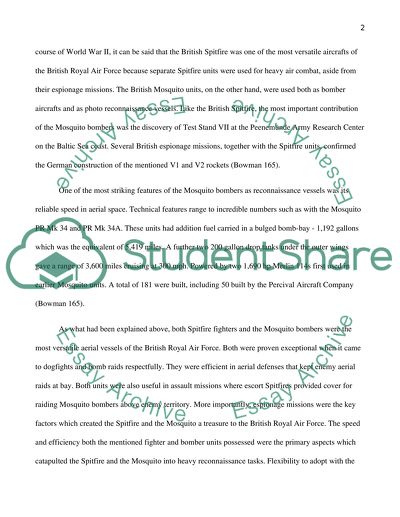Cite this document
(“A Race for Intelligence Gains through Aerial Reconnaissance Term Paper”, n.d.)
Retrieved from https://studentshare.org/environmental-studies/1422197-compare-and-contrast-british-and-german-aerial
Retrieved from https://studentshare.org/environmental-studies/1422197-compare-and-contrast-british-and-german-aerial
(A Race for Intelligence Gains through Aerial Reconnaissance Term Paper)
https://studentshare.org/environmental-studies/1422197-compare-and-contrast-british-and-german-aerial.
https://studentshare.org/environmental-studies/1422197-compare-and-contrast-british-and-german-aerial.
“A Race for Intelligence Gains through Aerial Reconnaissance Term Paper”, n.d. https://studentshare.org/environmental-studies/1422197-compare-and-contrast-british-and-german-aerial.


